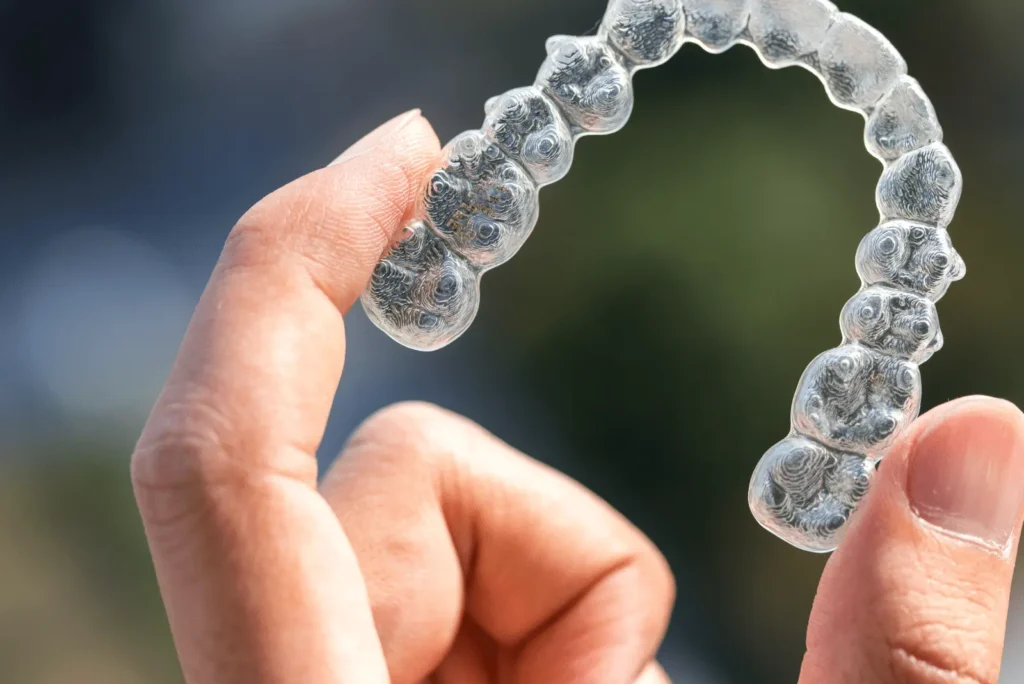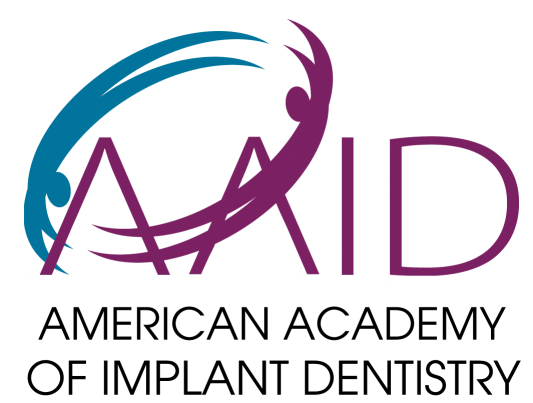If you have a crossbite, you may be wondering if clear aligners like Invisalign can effectively treat this issue and properly align your teeth. As an expert Invisalign provider, Lansdowne Family Dental receives this question often. Below we will discuss:

- What a crossbite is
- The causes of crossbites
- The complications crossbites can cause
- Whether Invisalign can fix crossbites
- Other potential treatments beyond Invisalign
- Who is a good candidate for using Invisalign to fix crossbites
- The process of fixing a crossbite with Invisalign and what results you can expect
What Exactly is a Crossbite?
A crossbite is an oral condition where the upper and lower teeth do not properly line up. Specifically:
- Posterior crossbite: When the upper back teeth sit inside the lower back teeth
- Anterior crossbite: When the upper front teeth sit inside the back of the lower front teeth
Here are some quick facts about crossbites:
- More common among children but can occur at any age
- Usually hereditary but can also be caused by habits like thumb-sucking
What Causes Crossbites?
Crossbites occur for different reasons, including:
- Genetics and development: Jaw development issues lead to improper tooth alignment
- Habits: Thumb-sucking, tongue thrusting
- Injuries or trauma: Damage or changes to the shape of jaw bones
- Cleft palate: Gap in the roof of the mouth interferes with proper tooth eruption
Crossbites are commonly genetic in origin with developmental issues leading to jaw growth problems.
Complications Crossbites Can Cause
While crossbites may initially seem like just a cosmetic problem, over time they can lead to several oral health and functional issues including:
- Tooth decay: Misaligned teeth are harder to keep clean
- Gum disease: The altered bite makes gum tissue more prone to infection
- Bone loss: Chewing imbalances from uneven bite distribution pressure bone
- Impaired chewing: Reduced chewing ability and efficiency
- Speech issues: Improper tongue positioning from odd dental alignment
- Facial muscle strain: Constant clenching and uneven pressures
- TMJ disorders: Jaw joints absorb imbalance, leading to pain and dysfunction
- Sleep apnea: Narrower airways block nighttime breathing
The longer a crossbite goes untreated, the higher your risk of these negative impacts.
Can Invisalign Correct Crossbites?
The good news is yes, Invisalign can effectively fix crossbites for many patients!
As custom-fit plastic aligners, Invisalign trays apply mild but consistent pressures to gently shift teeth into better alignment. This includes correcting rotated, crowded, gapped, and crossed teeth.
However, Invisalign may not work for every crossbite case depending on factors like:
- The severity of the overbite/underbite: Very extensive bites often require fixed braces instead
- Age: Invisalign works best on mature, fully erupted adult teeth
- Jaw discrepancies: Skeletal misalignments may need combination therapy
During your Invisalign consultation, we will perform thorough 3D imaging scans to determine if Invisalign alone can resolve your bite issues or if supplementary treatment is needed.
Who is a Good Candidate For Treating Crossbites With Invisalign?
In general, good Invisalign candidates for fixing crossbites include:
- Adults and older teens with fully erupted permanent teeth
- People with mild to moderate anterior or posterior crossbites
- Healthy gums and bone structure supporting the teeth
- Commitment to wearing aligners 20+ hours per day
- Willingness to attend all required follow-up appointments
Invisalign can treat complex cases with attachments, elastics, and staging. However, Invisalign may not work for severe skeletal misalignments requiring jaw surgery or similar interventions.
Schedule an Invisalign consultation to see if you qualify for crossbite correction.
What Does the Invisalign Crossbite Correction Process Look Like?
Correcting crossbites with Invisalign is very similar to standard Invisalign treatment:
- Comprehensive exam: Assess oral health and anatomy with 3D scans
- Treatment plan: Map out exact realignment stages and visualize results
- Aligner design: Fabricate a custom aligner series to match the treatment plan
- Treatment: Wear aligners 20-22 hours per day, changing every 1-2 weeks
- Follow-ups: Monitor progress every 4-6 weeks and modify the plan if needed
- Retention: Get retainers to secure corrected alignment once treatment finishes
Total Invisalign treatment time averages 9-15 months but depends on complexity.
With good compliance, Invisalign crossbite correction provides excellent, lasting results without most fixed braces hassles. However, to prevent relapse you must commit to prescribed retention wear post-treatment.






